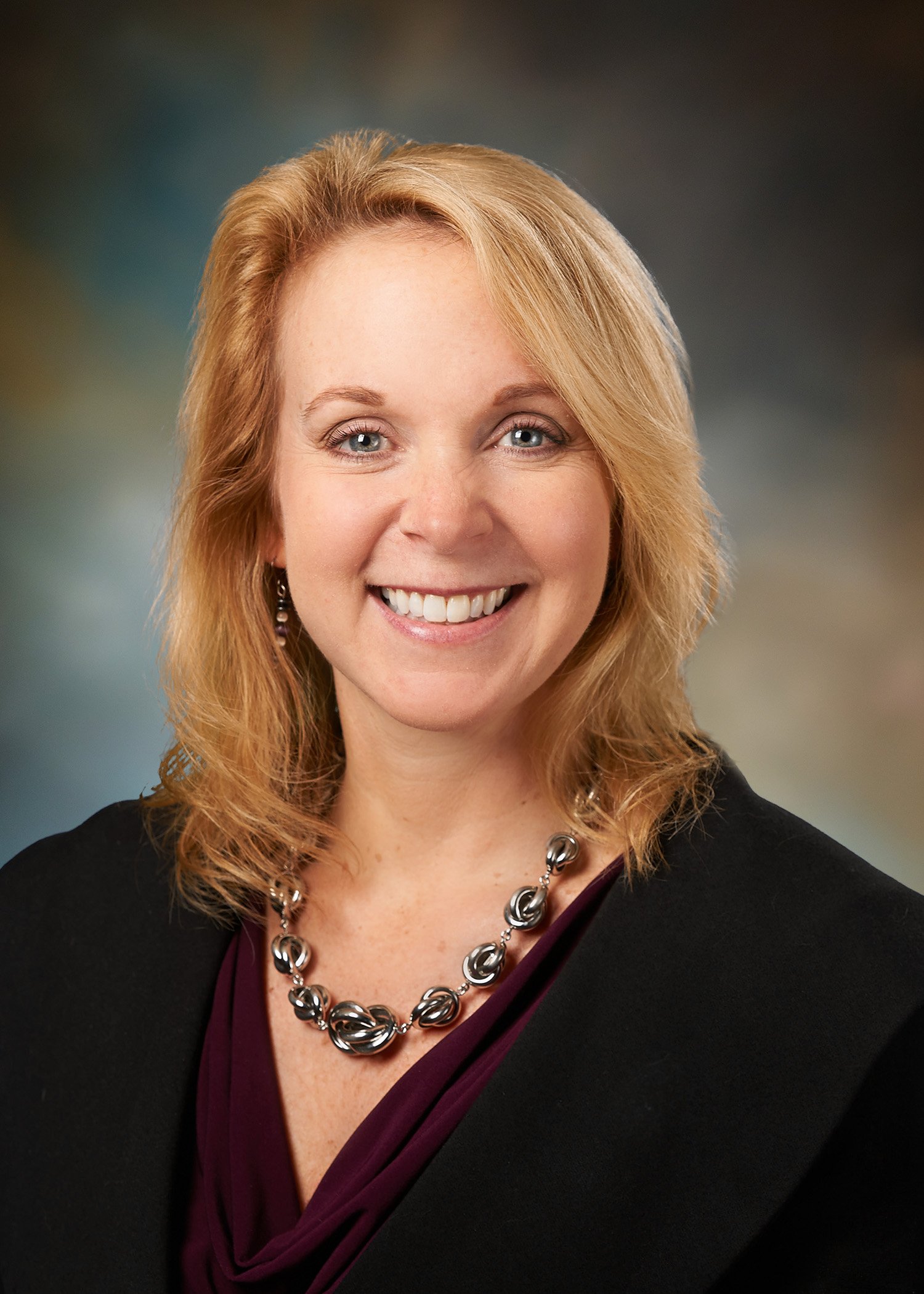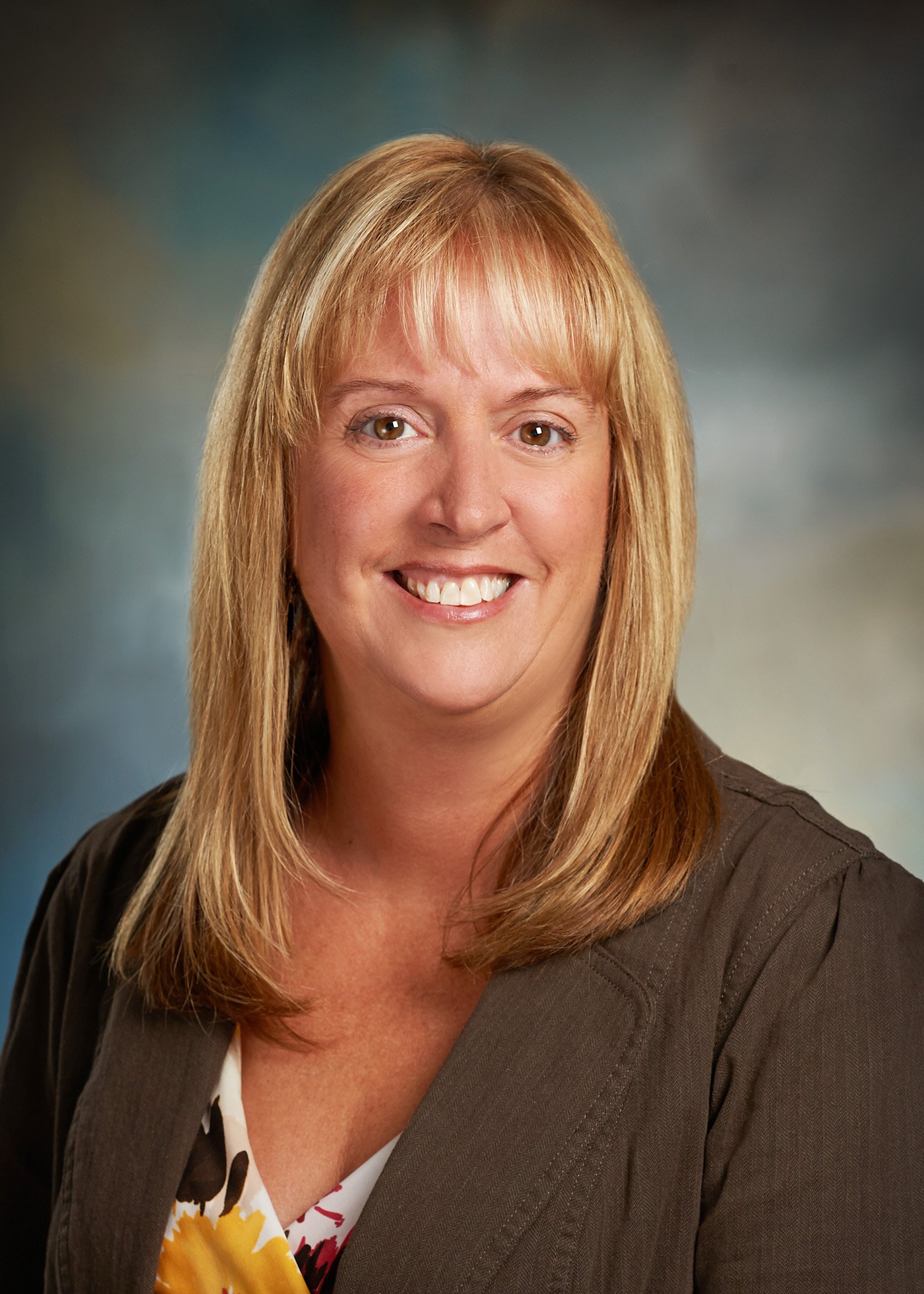Working Toward Racial Equity With Dianna Langenburg and Debbie Green
On this episode of Redefining Work, I’m joined by the W.K. Kellogg Foundation’s (WKKF) Dianna Langenburg, vice president of talent and HR, and Debbie Green, director of talent development and DEI. We discuss the open-source racial equity toolkit they developed, how it came together and how HR practitioners can use it to drive equity at work.
Dianna and Debbie have worked together at WKKF for more than 30 years and have shared some important lessons during that time, especially as they took on more strategic work in diversity, equity and inclusion. When she joined WKKF in the ’90s, Dianna wasn’t familiar with the concept of white privilege. “I spent most of my career … unlearning a lot of the paradigms that I learned growing up,” Dianna says.
“We both have had a long journey going from not really knowing or understanding anything about racial equity to now being immersed in that work,” Debbie adds.
Dianna and Debbie’s self-education journey led them to share what they’ve learned with other HR practitioners responsible for driving equity at work, resulting in their racial equity toolkit.
You can also listen/share the episode directly syndicated on any of these channels: Apple Podcasts | Spotify | Google Podcasts
Tailor Your Approach
Debbie and Dianna received a lot of interest from practitioners outside WKKF in the racial equity work they were doing there, so they packaged up all their tools and resources to share with others in the HR community.
But there’s no silver bullet or quick fix to achieving racial equity, Debbie says, and the right place to start will be different for everyone. “Every organization has to take these tools and these resources and figure out what's the best way for them to move forward,” Debbie says. “And hopefully these tools will help them do that.”
Overcoming racial inequity at work is a dynamic problem that requires a dynamic solution. “Part of this process is trying, experiencing, failing, learning, reflecting,” Dianna says. “And so we share about our failures as much as we share about our successes because we think … one size doesn't fit all, and it's different for everyone.”
Reach Out to the Community
Improving racial equity benefits everyone, and it takes everyone to get the organization where it needs to go. “Employees really have to be invested in it,” Debbie says. “And it has to be something that works for everyone — and that everyone feels like they've had a voice in creating [it].” Debbie and Dianna reached out to employees across the organization to crowdsource ideas.
“This work is for everyone, whether it's board or leadership or staff,” Dianna says. But it can be challenging to get the whole-hearted support and financial backing you need from top leadership — especially when what you’re trying to change is deeply embedded in the culture.
“There's all kinds of ways that white dominant culture shows up in organizations,” Debbie says. “And I think we just have to keep our minds open to looking at that … to say, ‘How is this impacting people of color within our organization?’” Perfectionism and an overly strict adherence to deadlines, for example, can be symptoms of white male culture.
To counter engrained ideas, Dianna and Debbie hold up the data to leaders. “Who are we hiring? Who are we promoting? Who is getting recognition? What is our turnover like?” Dianna says. “And when we see patterns and trends that are higher than expected for persons of color, we talk about that now.”
Embark on a Learning Journey
Debbie and Dianna’s personal learning journeys helped them reach a point where they could share what they’d learned with others, especially other white employees. They designed programming to help the workforce understand some of the bigger concepts behind racial equity, such as what white privilege is and how it affects people of color.
Using assessments, like the Intercultural Development Inventory (IDI), Debbie and Dianna found that many employees were at a similar point in their learning journey. “We looked at that collectively for the Kellogg Foundation and learned that we were in this phase where we were denying difference,” Dianna says. Many white people — herself included — have been raised not to “see” color. “Really overcoming those paradigms that folks grew up with without shaming them is an important part” of the journey, she continues.
Learning isn’t limited to within the organization, though. Dianna and Debbie found a real thirst for knowledge related to achieving racial equity in the HR community, and since releasing their toolkit publicly, they have “received nothing but support and enthusiasm,” Debbie says.
But they aren’t stopping there. Debbie and Dianna want to build a learning community to help other organizations move closer to achieving racial equity. “We're hoping that people will also share their own stories and their tools,” Debbie says. “We're hoping it'll inspire others to do that because every organization is different, and we can all learn from each other.”



